How I kept my ballerina body... aged 54. By dancer Alessandra Ferri
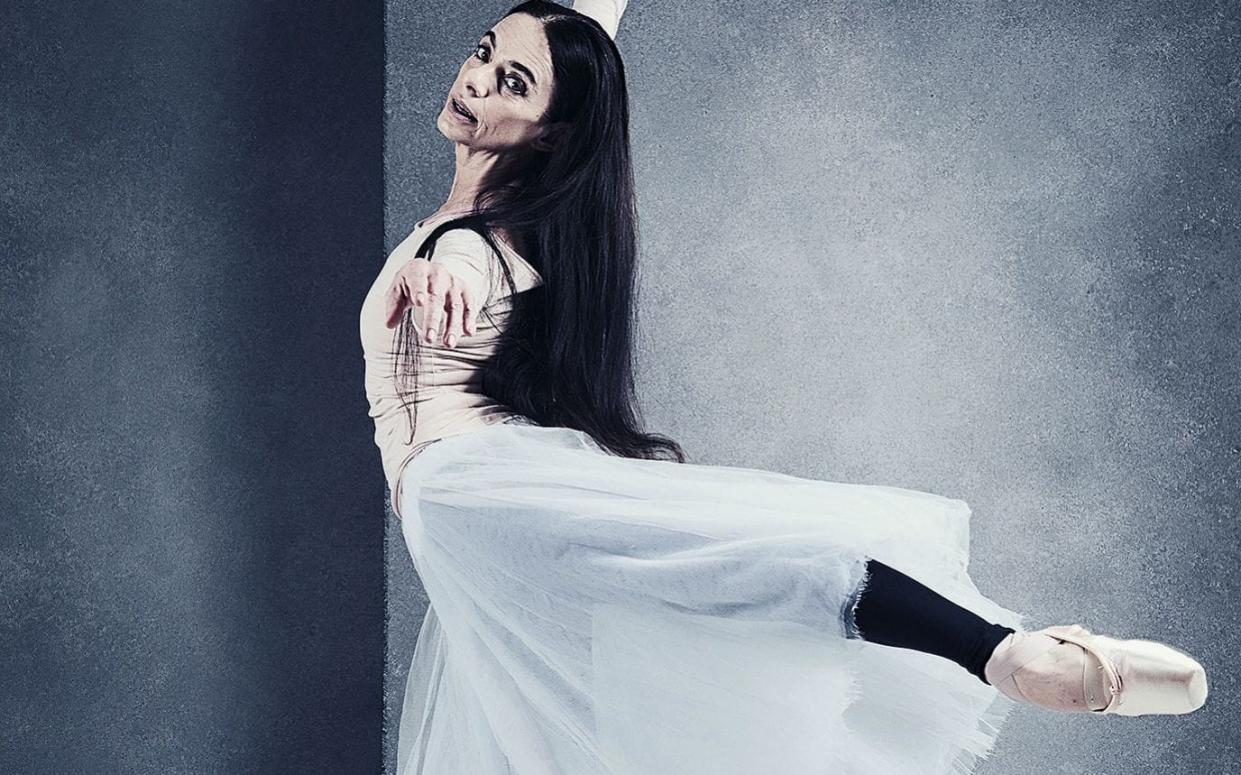
How has Alessandra Ferri, 54, remained in-demand in the youth-worshipping world of ballet? She talks about willpower, six-hour workouts, and ageing exceptionally gracefully
On 3 June, Alessandra Ferri will appear in the ballet Marguerite and Armand at the Royal Opera House. As Marguerite Gautier, the doomed courtesan passionately in love with Armand Duval, a young gentleman of means, Ferri will have to express vulnerability, abandon and consumptive illness.
She will also be expected to perform skimming jetés and airy leaps. In one particularly demanding scene, she will balance on pointe with one leg lifted high behind her, and then, in a moment of vertiginous daring, pirouette between Armand’s outstretched hands.
This is all the more remarkable because Ferri is 54. Darcey Bussell retired from ballet at 38 (and required hip surgery in her 40s). The French dancer Sylvie Guillem retired at 50. Classical ballet dancers – who pirouette, balance on pointe, jump unbelievably high; who need muscular power, grace and, above all, extremely flexible ankles and hips – typically retire at about 40. (At the Paris Opera Ballet, retirement is mandatory for men and women at 42.)
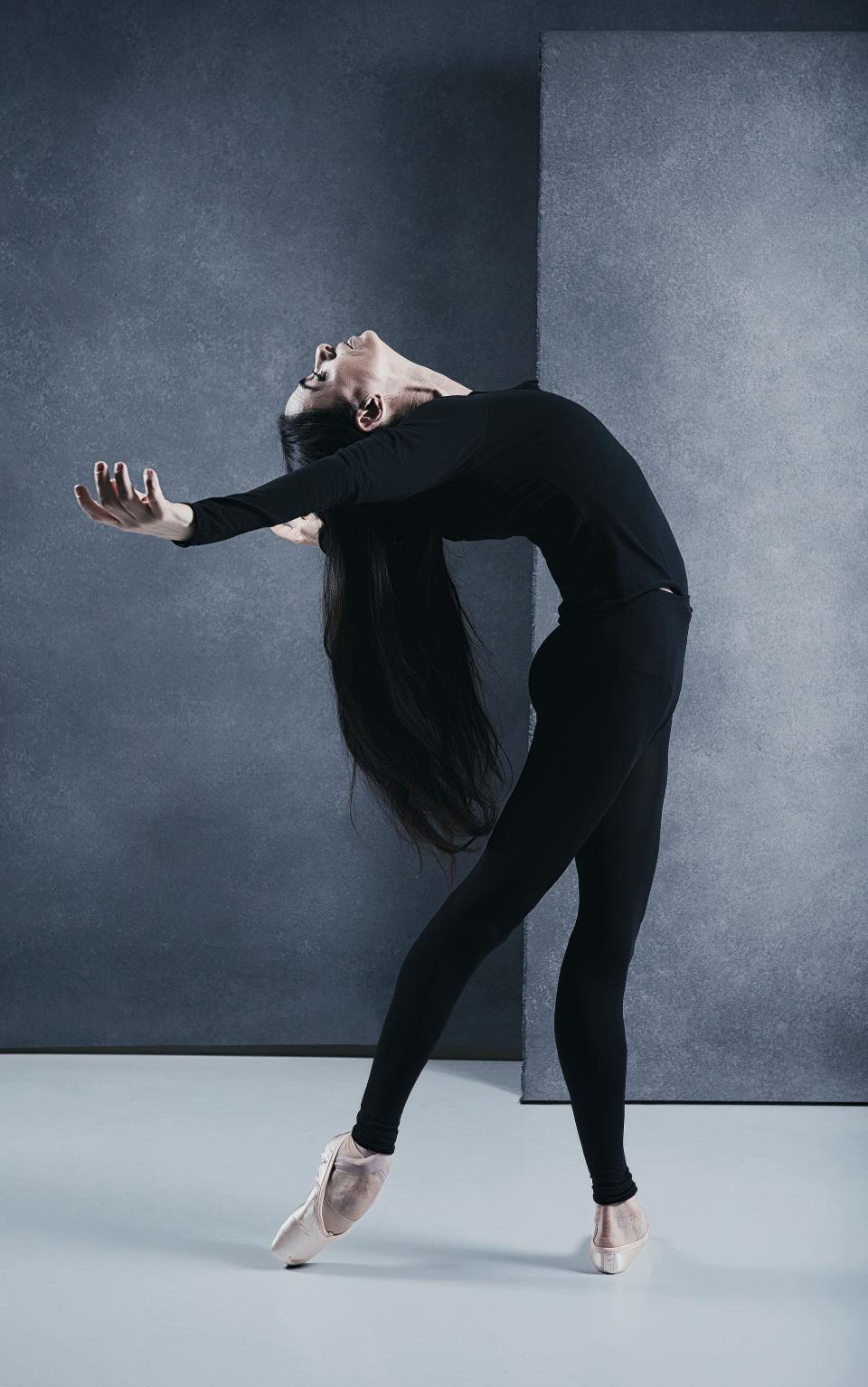
But Ferri is an exception. Extra-ordinary talent combined with luck – ‘You can have an injury at 25 and it can be over,’ she points out – bullheaded determination and, above all, dramatic ability have kept her on the world stage for so long.
In fact, Ferri did try retiring. In 2007, when she was 44, she gave an emotional farewell performance as Juliet in Kenneth MacMillan’s Romeo and Juliet in New York, after an illustrious 27-year career.
She had danced with the greats – Rudolf Nureyev and Mikhail Baryshnikov – and had long and close associations with the American Ballet Theatre and La Scala Ballet in Milan, becoming the latter’s prima ballerina assoluta, as well as appearing as a guest artist with leading companies around the world.
But retirement didn’t suit her. And now Ferri – who became one of The Royal Ballet’s youngest-ever principal dancers at the age of 19 – is returning to the company as the oldest leading lady since Dame Margot Fonteyn. It was Wayne McGregor, resident choreographer of The Royal Ballet, who wooed her back.
He created the role of Virginia Woolf around Ferri for Woolf Works, a ballet inspired by the author’s life and writings, which was performed to critical acclaim in 2015, and again earlier this year.
Ferri, says McGregor, ‘has always been an incredible actress’, and her ‘acute sensitivity’ has deepened over the years. ‘Ballet, and dance in general, has a brutal youth obsession. Celebrating the gifts more mature dancers bring to the work redresses this imbalance.’
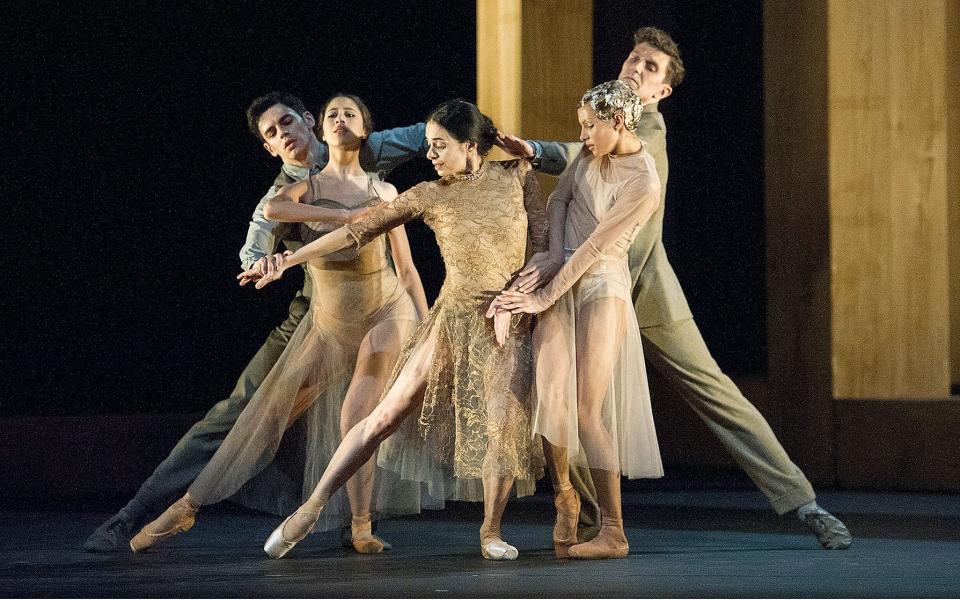
I meet Ferri at the Royal Opera House, where she is rehearsing for Marguerite and Armand, Frederick Ashton’s tragic love story. The woman who appears is both like and unlike the rest of us: tiny face, tiny body, big dark eyes – which she works like a film star on stage.
She is wearing ink-black stretchy trousers and a green-and-black stripy long-sleeved T-shirt (she dresses for comfort), and is beautiful without any make-up whatsoever.
But then cosmetic beauty is not what she’s interested in. ‘Of course the beauty of youth is amazing and wonderful,’ she says, ‘but then you find out there is beauty in life, beauty in being a human being; there’s beauty in just following joy.’ Still, she does dye her hair. ‘I actually had my first grey hair when I had my first child at 34.’
She speaks with a heavy Italian accent despite years living in New York, and is Italian by temperament. She talks about her emotions in the way the British talk about the weather.
We are all conditioned to think that when you reach a certain age, you are entering an old age. It is more scary for a woman because you get put aside
Her feet, among her most distinguished features – slender, tapered, with a naturally high arch praised by choreographers (‘My feet are kind of legendary,’ she admits) – are hidden in black suede ankle boots. But even in clothes it’s obvious how strong and straight and worked-out her body is. Ferri is pretty much one long muscle.
‘What is expected of a dancer has changed,’ she explains. The pressure to be fit has intensified in the three decades since Fonteyn appeared as the queen in The Sleeping Beauty aged 66.
On the upside, this new breed of ballet dancer is supported by a team of in-house personal trainers, Pilates teachers, physiotherapists and masseurs. ‘Twenty years ago, you had your ballet class and that was it,’ Ferri says. But the change does mean the odds are stacked even higher against older dancers.
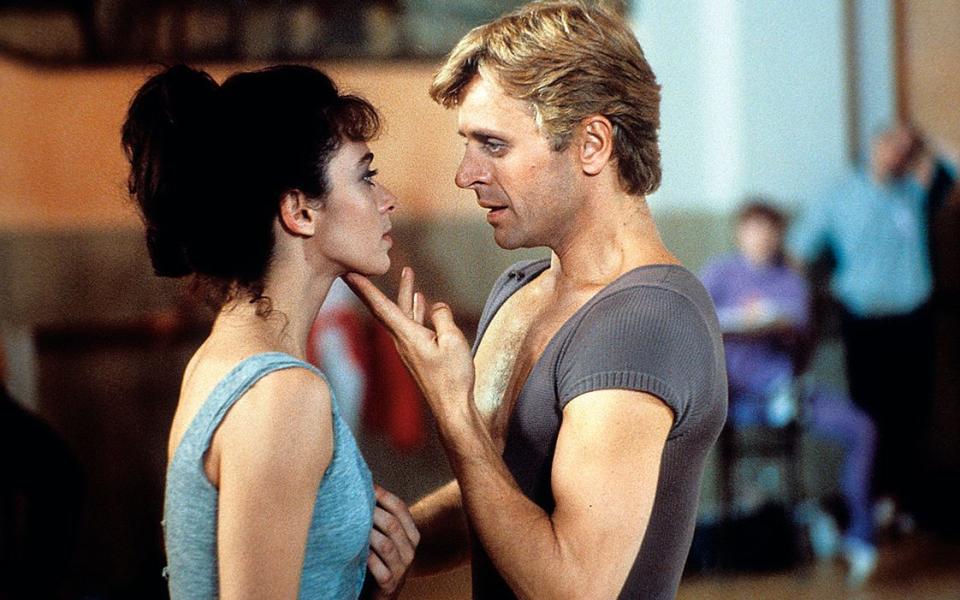
Ferri has enormous willpower. ‘If there is a difficulty in your body, you just go, “I am stronger than my body. I will overcome this pain or difficulty by working, and if it takes an hour more every day, it will take an hour more.”’
This is the theme she keeps returning to: ‘The body does whatever you want it to do. But you have to want it. The body doesn’t do it on its own.’
Ferri was born in Milan, where her father was an engineer with the tyre company Pirelli, and her mother gave up teaching to look after her and her older brother, Mauro. ‘She dedicated her life to me because I had this calling, this vocation,’ says Ferri, who decided she wanted to be a ballet dancer when she was three years old, inspired not by pretty tutus but by a great enthusiasm for music. ‘I felt the music was moving the air around me and I wanted to be part of that air that moved.’
At 10 Ferri joined La Scala Theatre Ballet School in Milan, later transferring to the Royal Ballet School. Her success was rapid. She was championed by Kenneth MacMillan, then principal choreographer at The Royal Ballet, who offered her a place in the company and cast her in leading roles in Mayerling, Manon and Romeo and Juliet. She was 19 when she was promoted to the rank of principal dancer.
One year later, she caught the eye of Mikhail Baryshnikov, the celebrated dancer and choreographer, who persuaded her to move to New York to join the American Ballet Theatre.
‘I started to feel the pressure,’ she admits. ‘He was the megastar of all time and I was still a kid.’ She was also living on her own in a brownstone on the Upper West Side. ‘I felt alone,’ she continues. ‘I came in as a principal dancer next to Baryshnikov and people were like, “You must be good; OK, now show us.”’
She needn’t have worried: critics praised her ‘liquid sensuality’, turnout (outward rotation of the legs from the hips), speed, elevation and ‘unforgettable arched feet’. But it taught her a lesson. ‘You either crash, or you’ – she mimes rolling up her sleeves to prepare for hard work – ‘keep up. And I did.’

Ferri married her first husband, Maurilio Orbecchi, a Jungian analyst, aged 27. ‘I was with him for six years.’ She laughs. ‘I laugh because it was a terrible marriage. I met him right, smack in the middle of those years in New York, and here was this man who was outside the ballet world, and I felt he could give me some kind of comfort for the loneliness and pressure I was feeling, which is the wrong reason to go with someone… Anyway, it wasn’t a great time.’
But then she met Fabrizio Ferri (they share the same surname), a photographer. ‘It was an amazing, wonderful relationship and love affair,’ she says. They had two daughters, Matilde and Emma, now 19 and 15 respectively. The question of motherhood can be a complicated one for an elite athlete who loves her job, but wasn’t for Ferri. ‘I wanted to have the fruit of this great love. I didn’t want to get to 50 and look back and hate dance because, for that, I wasn’t a mother.’
With both pregnancies, she stopped performing at two months, but she was so determined to keep active that she swam 50 lengths the day before she went into labour with each daughter. She was back on stage doing Romeo and Juliet four and a half months after Matilde was born. ‘Under the costume it didn’t look so great,’ she laughs, ‘but you can’t wait until you are perfect again. You have to work to become perfect – I mean perfect as a dancer, not as a woman.’
Silver swans: Why ballet is great for the over 50s
When, at the age of 44, she decided to stop dancing, ‘it took a lot of courage to actually say the words, because I knew what I was giving up. But there was something in me that was struggling. I didn’t feel as powerful in my body. I was getting the fear that everybody else would start seeing it. It’s very complex, it’s not black and white, but there was something in me that thought, “I don’t feel the same way I did.” And I was afraid to maybe not look good. I thought, “I want to stop while I’m at the peak.”’
There was also the question of her girls, then aged about 10 and six. Ferri’s life as a dancer involved frequent travelling and many tearful goodbyes. ‘I had the guilt of leaving them.’
She gave up not only ballet but all exercise, and committed herself wholeheartedly to her family. ‘The first two years were beautiful. I had energy for them. I could go on a bike with them, go hiking.’ But the domestic routine threw up problems. ‘A friend said, “What do you do now?” And I said, “I’m a taxi driver.”
‘I thought I was going to be a lot happier just being a mother,’ she adds, ‘but of course I didn’t give up a job, I didn’t just go from being in an office; I gave up my life, I gave up a calling, I gave up a passion, I gave up creativity. I suddenly felt that a greater part of me was locked into a room.’
I came in as a principal dancer next to Baryshnikov and people were like, 'You must be good; OK, now show us'
Alongside this was physical pain. ‘The first six months were lovely and then it was terrible. I was in a lot of pain – in my joints, my back. It was almost like all the work I’d put into my body was coming out.’ The only salve was to start exercising again: yoga, Pilates, Gyrotonic. About three years into her retirement, she started taking ballet classes again. ‘It was like coming back to life.’
In 2013, Ferri choreographed a short piece called The Piano Upstairs, about a marriage breaking down. With poignant symmetry, as she was rehearsing it, the same thing was happening at home. ‘Fabrizio and I separated, and that was very painful for me,’ she says. ‘It’s not like he left me because I retired, but maybe I didn’t feel as empowered because as a woman I didn’t feel complete. It’s almost like I didn’t really know where my place was.
‘Anyway,’ she continues, ‘that pushed me to get back on stage, to find myself, to find that strength in me and find that light again. Because otherwise I saw myself only through his eyes. I needed to see myself through my own eyes.’
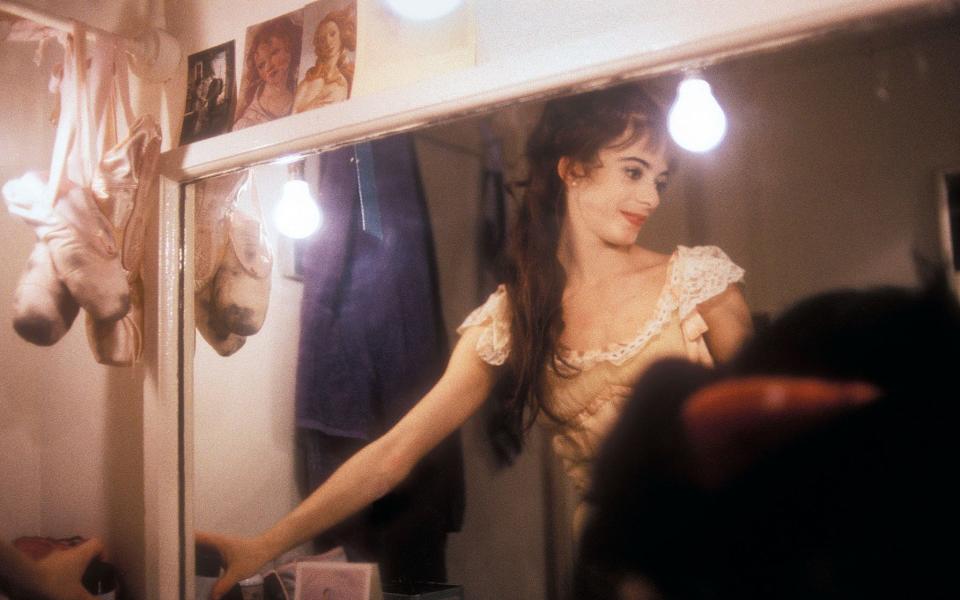
Her plan was to work on individual projects for different companies, to do ‘small things’, such as Chéri, a tale of obsessive love between an older woman and a younger man (played by Herman Cornejo, with whom she would be romantically linked). ‘But then Wayne McGregor came along, and he is no small thing.’
‘I cast Alessandra because I knew that she would inhabit Virginia Woolf completely and that she would teach me a lot. She did on both counts,’ says McGregor. Woolf Works won an Olivier Award for Best New Dance Production, and Ferri won for Outstanding Achievement in Dance, for her performances in Woolf Works and Chéri. ‘[McGregor] gave me back my life,’ she says.
Inevitably, there are compromises, she acknowledges. She doesn’t consider roles in ballets such as Don Quixote or Giselle, which require intense jumping. ‘But I am OK with it. I don’t feel less good. I do roles where I can use everything I have – my life experience, my artistic experience – and I am a fuller artist now.’
In order to do the physical things she still has to do Ferri requires extra maintenance. ‘I have to do all kinds of things to stay fit and toned and strong.’ She works out – Pilates, yoga, ballet classes, rehearsals – for about six hours every day. ‘Afterwards I have a massage, some physiotherapy. You have this when you are young, but I have more. I also need shorter days; I can’t rehearse until 7 o’clock every day. Maybe I need a two-day weekend, instead of a one-day weekend.’

But she is happy, she says, to be ‘breaking barriers’. To represent a different dancer entirely: an older woman without fear, without shame, and with full confidence in her abilities. (Ageing, she believes, is largely an attitude. Her advice: ‘keep moving’.)
‘We are all conditioned to think that when you reach a certain age, you are entering an old age,’ Ferri says. ‘And it is more scary for a woman because you get put aside – even your sexuality – so you feel weaker. But I have a new freedom. I am not going through “the change” [menopause], I have changed.
‘It’s like you’ve got to go into a new apartment, and you say, “But I don’t want to leave my home, I am really happy where I am,” but you’ve got to go. And when you are leaving everything behind and you don’t know where you’re going it’s a little scary. But now I am on the other side, and it’s fine. I’m not like I was when I was 20; I am not how I was when I was 30. Of course I’m not. I am enjoying where I am now. And I do amazing things considering.’
Alessandra Ferri is performing Marguerite and Armand on 3 June, in the matinee at 12.30pm, and 8 June, at 7.30pm (roh.org.uk)


